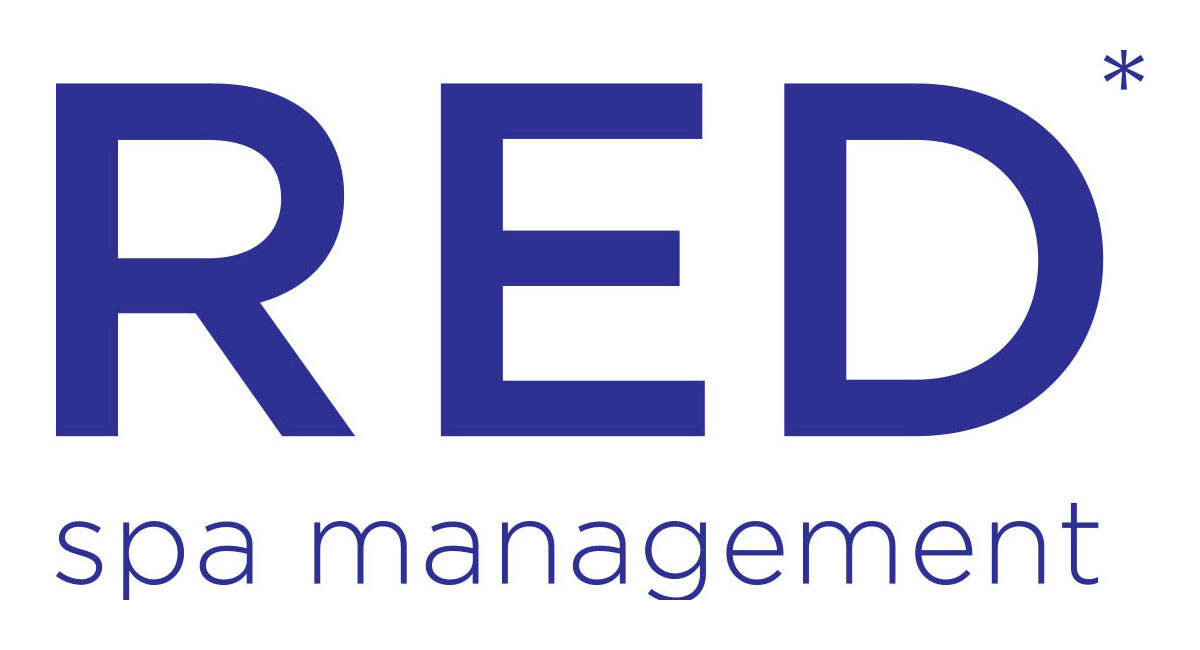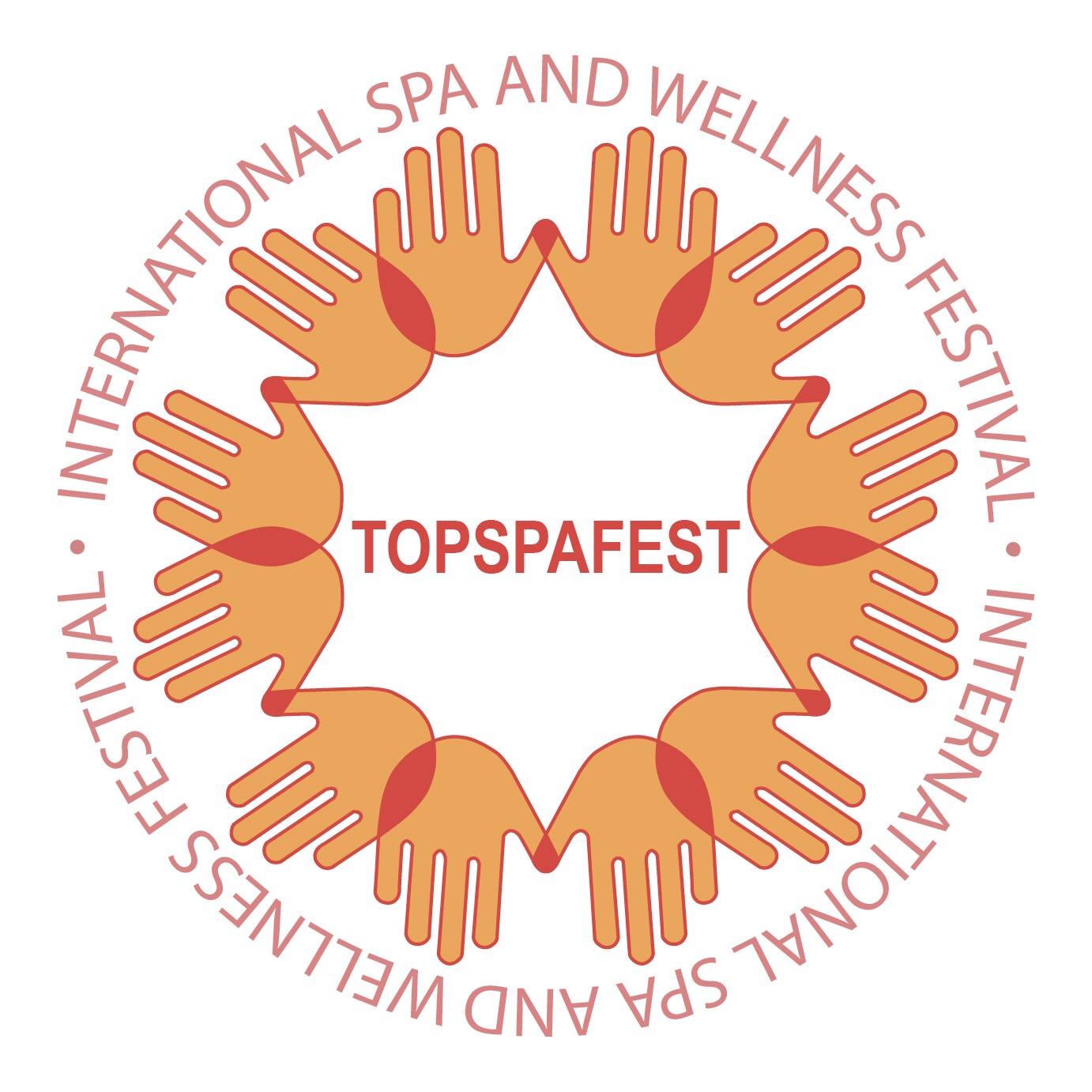
Massage Information for the Client
*You are in control of the massage session at all times
*Must I Be Completely Undressed?
Most massage and bodywork techniques are traditionally performed with the client unclothed; however, it is entirely up to you what you want to wear. You should undress to your level of comfort. You will be properly draped at all times to keep you warm and comfortable. Only the area being worked on will be exposed. The therapist will leave the room while you undress, relax onto the table, and cover yourself with a clean sheet or towel. You and the therapist will discuss the desired outcome of your session. This will determine which parts of your body require massage. A typical full body session will include work on your back, arms, legs, feet, hands, head, neck, and shoulders. You will not be touched on your genitals (male or female) or breasts (female).
*What Will The Massage Or Bodywork Feel Like?
It depends on the techniques used. Many massage therapists use a form of Swedish massage, which is often a baseline for therapist. In a general Swedish massage, your session may start with broad, flowing techniques that will help calm your nervous system and relax exterior muscle tension. As your body becomes relaxed, pressure will gradually be increased to relax specific areas and relieve areas of muscular tension. Often, a light oil or lotion is used to allow your muscles to be massaged without causing excessive friction to the skin. The oil also helps hydrate your skin. You should communicate immediately if you feel any discomfort so that another approach may be taken.
*Are There Different Kinds Of Massage And Bodywork?
There are numerous types of massage; Effleurage (Gliding), Petrissage (Kneading), Vibration, Tapotement (Percussion), Friction, Posture/Movement re-education, Application of pressure to specific points, and more. Ask the therapist about the methods he or she uses.
*How Long Will The Session Last?
The average full-body massage or bodywork session lasts approximately one hour. A half-hour appointment only allows time for a partial massage session, such as neck and shoulders, back or legs and feet. Many people prefer a 60- to 90-minute session for optimal relaxation. Always allow relaxation time prior to and after the session.
*What Should I Do During The Massage Or Bodywork Session?
Make yourself comfortable. The therapist will either gently move you or tell you what is needed throughout the session (such as lifting your arm). Many people just close their eyes and completely relax. Others like to talk during their session. Feel free to ask the therapist questions about massage in general or about the particular technique you are receiving.
*How Will I Feel After The Massage Or Bodywork Session?
Most people feel very relaxed. Some experience freedom from long-term aches and pains developed from tension or repetitive activity. After an initial period of feeling slowed down, people often experience increased energy, heightened awareness, and greater productivity which can last for days. Since toxins are released from your soft tissues during a massage, it is recommended you drink plenty of water following your massage.
*Can I Tip My Therapist?
Tipping is appreciated, but not required.
*Is It Okay To Talk With My Therapist During The Massage?
Please keep conversation with your therapist to a minimum (Use your in-side voice). Communication is important regarding the massage, but unrelated conversations have proven to be a distraction to your needs. This will ensure that all participants receive the maximum benefits of their massage. It is o.k. to communicate necessary information that pertains to the session.
*Areas That Will Be Massaged
• Scalp
• Face
• Neck
• Shoulders
• Arms
• Hands
• Stomach (Woman’s chest will always be covered)
• Legs
• Feet
• Glutes (The side of them)
• Back
*If there is anywhere you would not like massaged; please let your therapist know.
*POSSIBLE BENEFITS
• Reduces stress
• Enhances blood circulation
• Decreases pain
• Improves sleep
• Reduces swelling
• Enhances relaxation
• Reduced level of anxiety
• Increases oxygen capacity of the blood
• Increases Hyperemia (dilation of blood vessels)
• Reduces Ischemia (decrease blood supply to organ or tissue)
• Blood pressure temporarily decreased
• Decreases heart rate
• Decreases respirations
• Increase immune system
• Improves appearance of skin
• Helps reduce scar tissue
• Stimulate or soothe the nerves
• Release of endorphins (natural pain killer)
• Stretches and broadens tissue
• Helps decrease stress and depression
• Relieves muscle tension
• Increase oxygen and nutrients
• Reduce muscle fatigue
• Helps keep muscles flexible
• Temporarily alters the shape of cellulite
• Helps posture
• Loosens phlegm
• Increase output
• Helps reduce the chance of a urinary tract infection
• Helps most headaches
• Helps over-use injuries
• Helps strains and sprains
• Helps nerve entrapment
• Decreases gas build up
• Helps with constipation
• Helps digestion
• Removes build up of metabolic waste
• Greater ability to monitor stress signals
• Increased awareness of the mind-body connection
• Enhanced self-image
• Greater ease of emotional expression
• Satisfying the need for caring and nurturing touch
• Increased capacity for clearer thinking
• And many more…
*BASIC CONTRAINDICATIONS
(Usually need a referral from a medical professional)
• Pain that is local, sharp, dull, achy, deep and or surface (Not in that area)
• Inflammation (Not in that area)
• Lumps and Tissue changes (Not in that area)
• Rashes and changes in the skin (Not in that area)
• Severe Edema
• Severe Infection
• Cancer
• Changes in habits such as appetite elimination or sleep
• Bleeding and bruising
• Nausea, vomiting or diarrhea
• Temperature of the skin either hot or cold (Not in that area)
• Infectious Skin Diseases
• Local or systemic infections
• Cardiac conditions
• Blood clots
• Varicose Veins (Not in that area)
• Acute stage pneumonia
• Advanced kidney failure
• Advanced respiratory failure
• Diabetes with complications (e.g. Gangrene)
• Eclampsia is toxemia in pregnancy
• Hemophilia
• Hemorrhage
• Liver Failure
• Post cerbrovascular accident (CVA, stroke)
• Post myocardial infarction (MI, heart attack)
• Severe atherosclerosis
• Severe hypertension
• Shock (all types)
• Significant fever (above 101 F. / 38.3 C.)
• Systemic contagious/infectious condition
• And many more…
*Are There Any Medical Conditions That Would Make Massage Or Bodywork Inadvisable?
Yes. That's why it's imperative that, before you begin your session, the therapist asks general health questions. It is very important that you inform the student therapist of any health problems or medications you are taking. If you are under a doctor's care, it is strongly advised that you receive a written recommendation for massage or bodywork prior to any session (If you have any doubts). Your student therapist may require a recommendation or approval from your doctor.
*What Are The Possible Side-Effects From A Massage?
• Soreness, it’s like an aerobic workout for the muscles (Usually a day or two after the massage and usually not after every massage)
• Flu like symptoms (Drink a lot of water after the massage)
• Headache (Massage is a diuretic and it depletes the body of water)
• Bring up old pain (Pain from a accident a year ago or more)
• Nausea or Dizziness (Move slow after the massage)
• Blood pressure can rise or lower after the massage (Get up slow after your massage)
• Possible bruising (If you are low in iron…it can happen), also arms and any boney areas are more prone to it
• If you are diabetic, your blood sugar could raise or lower after the massage
*Recommendations After A Massage
• Keep moving after the massage (A body in motion stays in motion)
• Drink extra water (Double of what you are use to taking in) and alcohol, coffee and pop does not count
• Take a hot bath or shower (Helps hydrate the muscles)
• Stretching (You could stiffen up after your massage if this is not followed)
• Hot (Increases circulation) or cold (Decreases circulation) packs (10-20 minutes)
• Ingesting 1000 mg of vitamin C per day may prevent or at least reduce muscle soreness. Similar reports seem to result from the ingestion of vitamin E.
• Detox bath consisting of 1-cup epsom salt, 1-cup sea salt and 1-cup baking soda (This will eliminate detox symptoms such as headaches and fatigue).









